Here’s a list of the top 10 connector blogs (i.e., the most-read Samtec blogs) of the last 12 months or so. Several of these were written a few years ago but are still very popular; I think of them as the blog equivalent of Dark Side of the Moon.

1. The Legacies of Sam Shine: Sam Shine, the founder of Samtec, passed away this year. Although he hasn’t been involved with the running of the company for the last 25 years or so, his impact on Samtec and the electronics industry was huge. I need to come clean here — I’m starting off with a little white lie. This wasn’t the most read blog of 2019, but it’s the most important one to me, so I’m moving it to number one. I have known Sam for years and respect him. Having said that, the rest of the blogs are truly in order by number of reads.
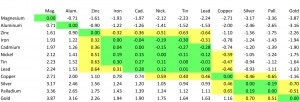
2. Dissimilar Metals And The Risk of Galvanic Corrosion in Mating Connectors: When choosing connectors for your application, it is important to choose mating connectors with similar plating materials in the contact areas. Dissimilar metals in the contact areas (e.g., gold mating with tin) can result in galvanic corrosion. Galvanic corrosion is an electrochemical process in which one metal corrodes preferentially to another when both metals are in electrical contact, in the presence of an electrolyte.
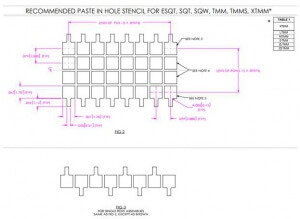
3. Guidelines For Paste-In-Hole Reflow Processing: Many Samtec customers employ Paste-In-Hole (PIH) processing. Very simply put, this is the process of screening solder paste into and around plated through-holes on a pcb, and placing the leads of through-hole components — like connectors — in these prepared through-holes. The boards are run through a reflow soldering process, thus terminating both through-hole and SMT components in one reflow process.

4. Restoring The Apollo Guidance Computer For The 50th Anniversary of Apollo 11 – Part 1 and Part 2. This two-part article outlines the restoration of the Apollo Guidance Computer (AGC), and Samtec’s participation in the process, to commemorate the 50th anniversary of the Apollo 11 landing. While each of these blogs individually made the top 10 list of most-read blogs, I’m combining them into one topic to make it easier for you to see both at one time.
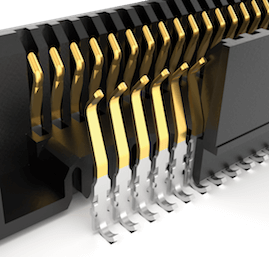
5. What Plating Option Is Best For My Connector? I can’t speak for all connector companies when it comes to costs, but pins and plating are usually the main cost drivers in board-to-board connector systems. Choosing the right plating is critical to the success of a connector system. Plating affects the connector’s performance, life cycle, quality, and cost.
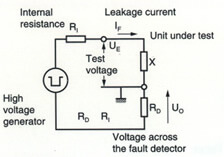
6. Insulation Resistance and Dielectric Withstanding Voltage Testing: Insulation Resistance and Dielectric Withstanding Voltage are two of the qualification tests that Samtec performs in-house during part qualification testing. These tests ensure that when a connector is used in environmental conditions at the rated working voltage (de-rated from the test voltage) the product will not fail, and there will not be current leakage. This blog outlines the reasons for the tests and provides an overview of the methodology.
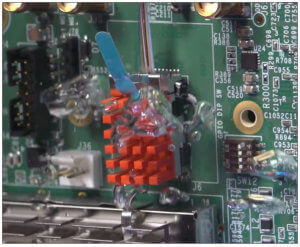
7. Submersible Optical Transceiver For Super Computing: One technology holding back the adoption of liquid cooling has been the lack of optical transceivers which perform reliably while submersed. A new submersible optical transceiver option with Samtec FireFly™ now solves this problem. In this demonstration at SC18 (Super Computing), Arlon Martin of the Samtec Optical Group walks us through a live demonstration of an immersion cooling system with a submersible optical Samtec FireFly transceiver running at 112 Gbps (x4-28 Gbps/lane).
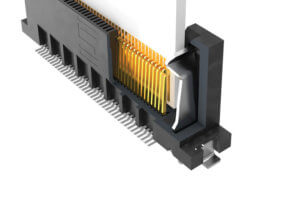
8. Comparing Base Metals In Connectors For most Samtec connectors the bigger ticket cost items are the pins and the plating. Selecting the right pin and plating significantly impacts the cost of the connector system. This blog gives a quick overview of three different base metals Samtec uses in its terminal pins and sockets.

9. English Guy (Who Thinks He’s James Bond) Demos 56 Gbps System With 5.8 Tbps Throughput: What else do I need to say? The title says it all. This product demonstration from DesignCon 2019 proves 56 Gbps PAM4 based systems are fully realizable today. It’s a state-of-the-art prototype combining high-performance interconnects from Samtec. The Demonstrator generates over 100 independent channels of signal data using Credo mixed-signal 56 Gbps PAM4 SERDES Bald Eagle silicon. Each signal generated is QPRBS 31, 56 Gbps PAM4 data, equivalent to 5.8 Tbps of aggregate throughput.
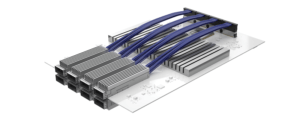
10. Is Copper Dead?: In 1995 David Pike attended a seminar in which the presenter told him that copper was dead. He went on to say that we were approaching the limits of what copper connections could deliver in terms of speed, and said that 100 Mbps was the best we could hope for. After this, the future belonged to fiber optics. Based on David’s observations at ECOC this year, it would appear that predictions concerning the demise of copper were premature.
Other Samtec connector blogs that should receive honorable mention:
- Understanding Low Level Contact Resistance (LLCR)
- Connector Voltage and Power Rating 101
- PCIe Over Fiber With FireFly
- 112 Gbps Interconnect Increases Reach Between ASIC and the Front Panel
I love reading end-of-the-year recaps of significant events that occurred in the previous 12 months. Here are some other end-of-the-year or end-of-the-decade (or is it really the end of the decade?) lists that caught my attention:



Leave a Reply